Newborn registration


Government
Ontario Digital Service
ServiceOntario
Shannah Segal
Lucia Hsieh, Ginnie Morse, Stephen Low
I was responsible for hosting workshops to uncover system requirements and mentoring researchers on test plan and recruitment strategies.
2019
Cover photo by Luma Pimentel on Unsplash
The online Newborn Registration Service used confusing language that led parents to input information that are not accurate to what the government needs. This has resulted in added cost and labour to fix these errors (also known as adjudications).
As we become more inclusive with gender neutral parental roles, a redesigned digital service is on its way to keep up with the times.
In the meantime, our team was tasked to modify parental language in the existing legacy system while the redesign is implemented.
Constraints included:
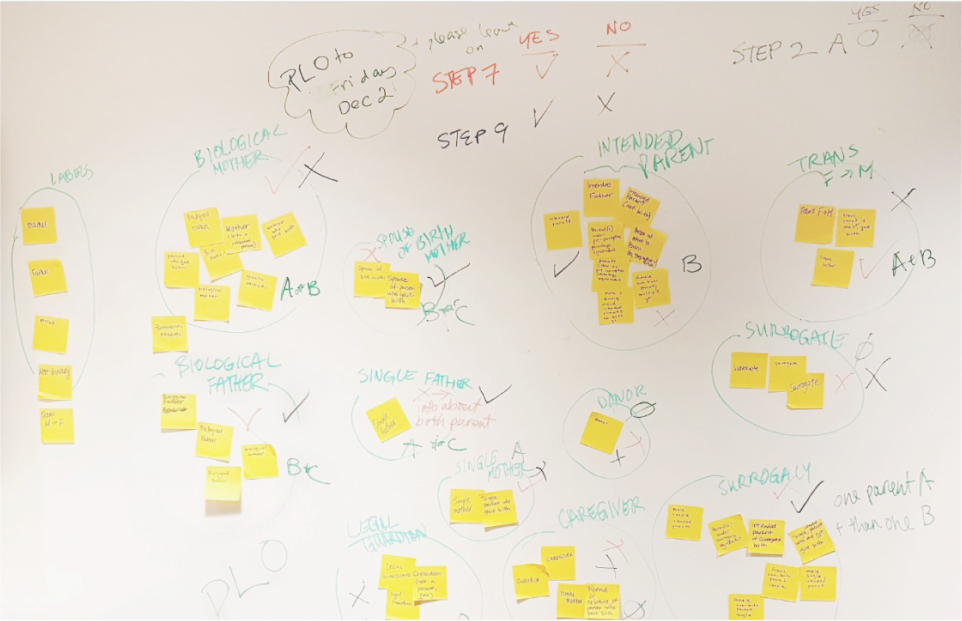
The purpose of the workshop was to:
We knew that a user-centric approach would be our surest way to make even the smallest incremental improvements within these constraints. We started with a content workshop because it was text that we could change.
— Shannah Segal
Two versions of the prototypes were presented, alternating between A/B and B/A, to reduce bias on the first prototype presented.
There were a total of 14 participants.
The approved version was a hybrid that used the best elements from each prototype. Here are some design takeaways:


What is the difference between listed and certified? Ok I see what is going on here, that’s more clear.
— Participant
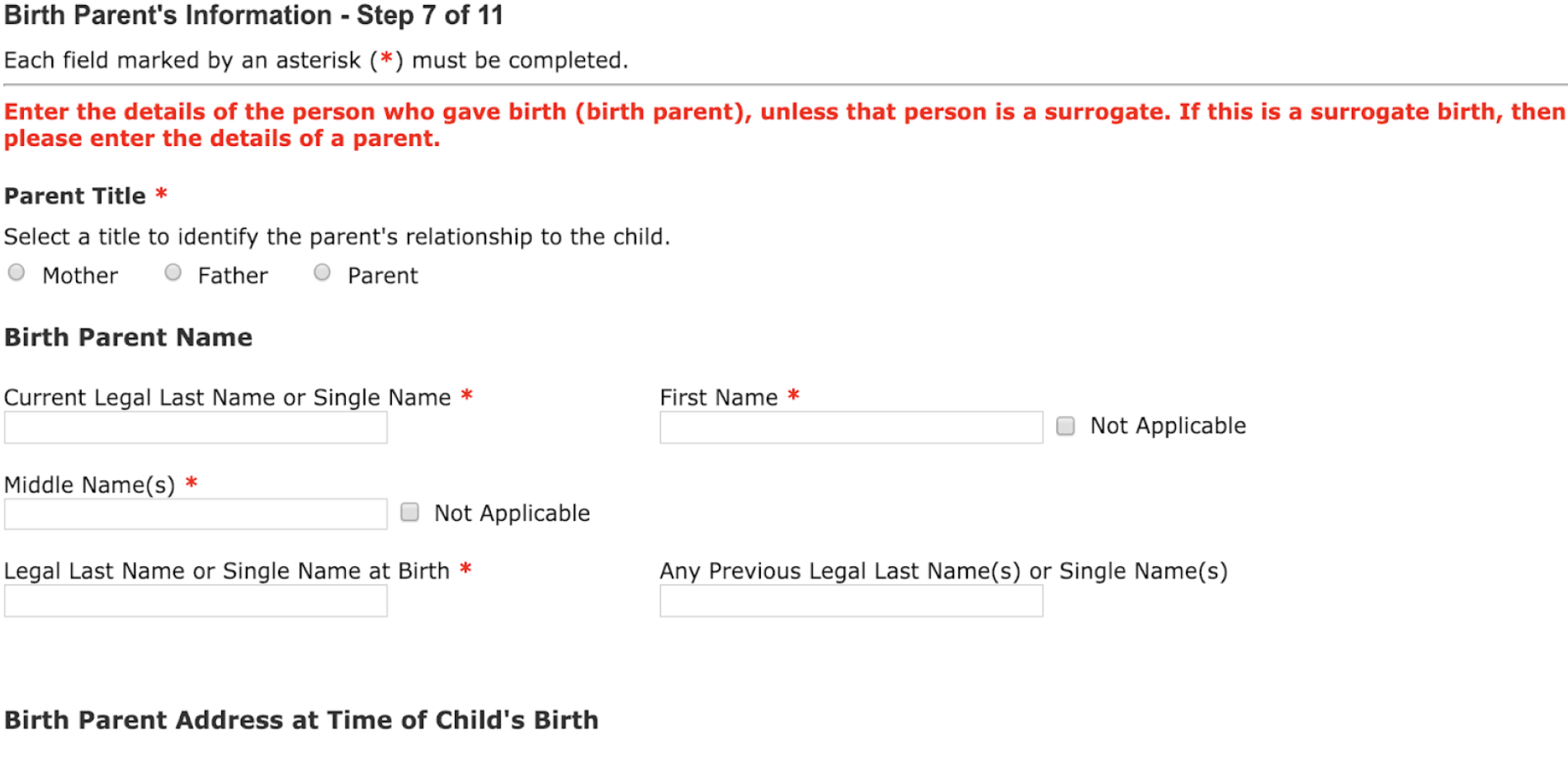
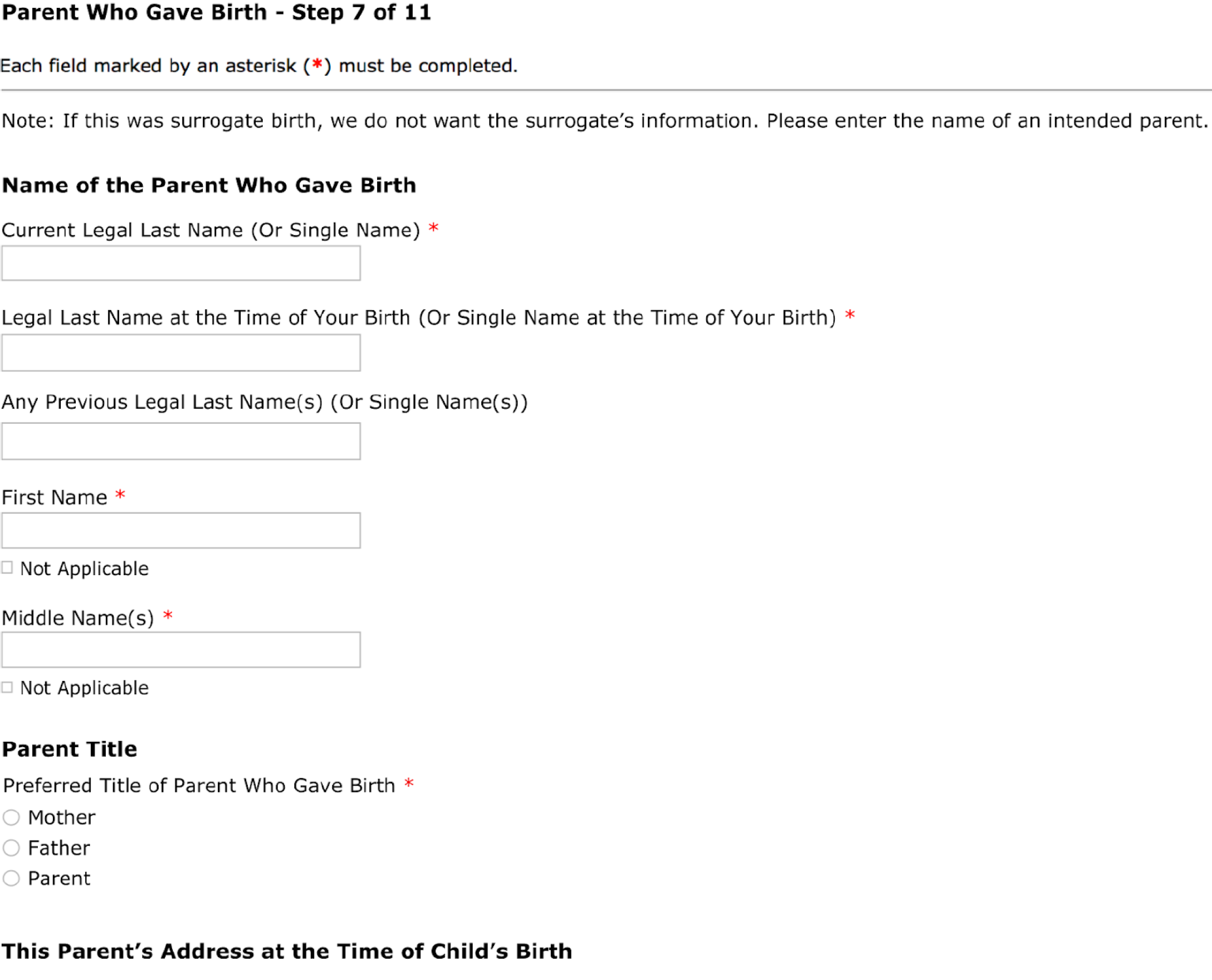
My birth? Not the baby’s birth? So many births... it’s everywhere!
— Participant
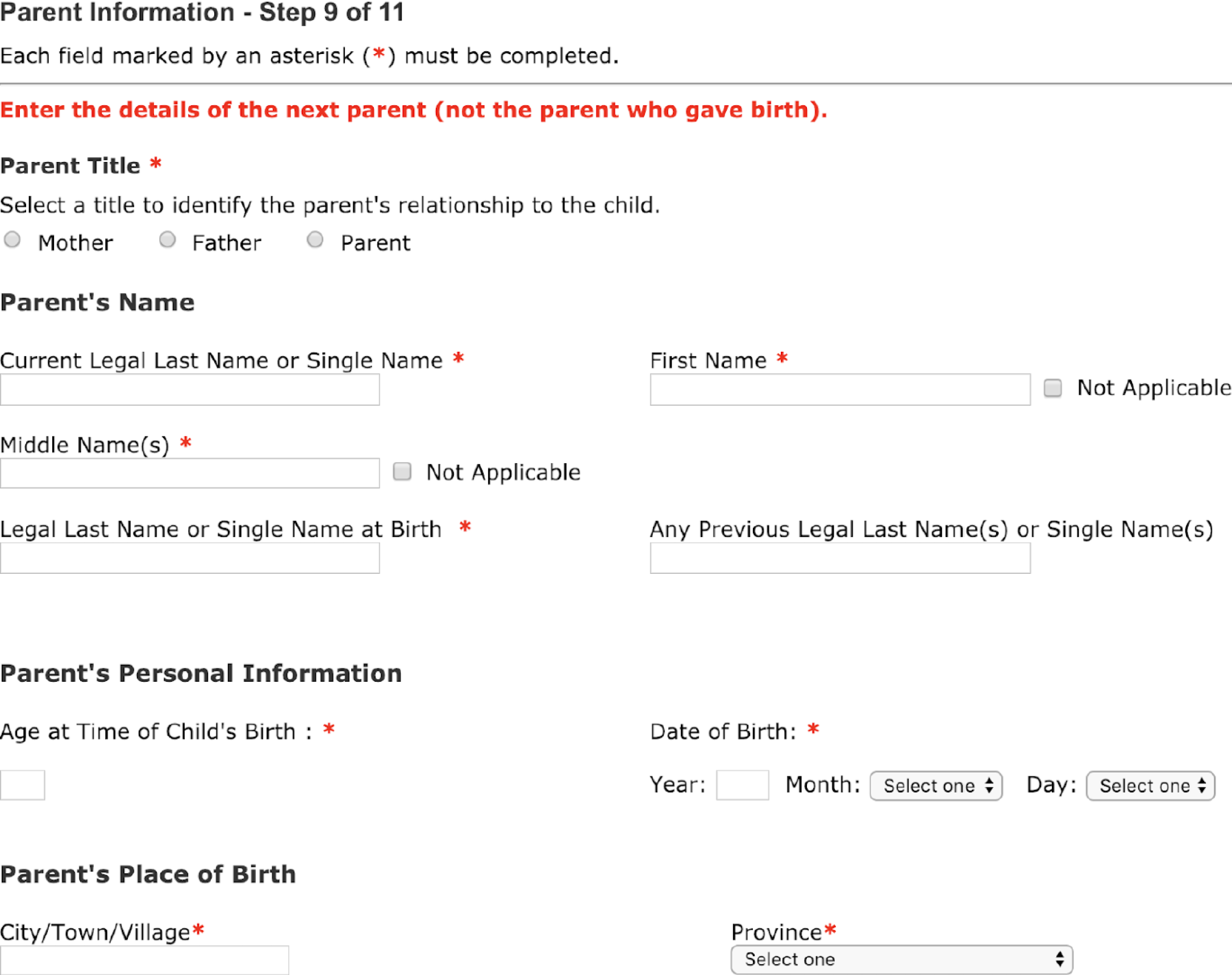
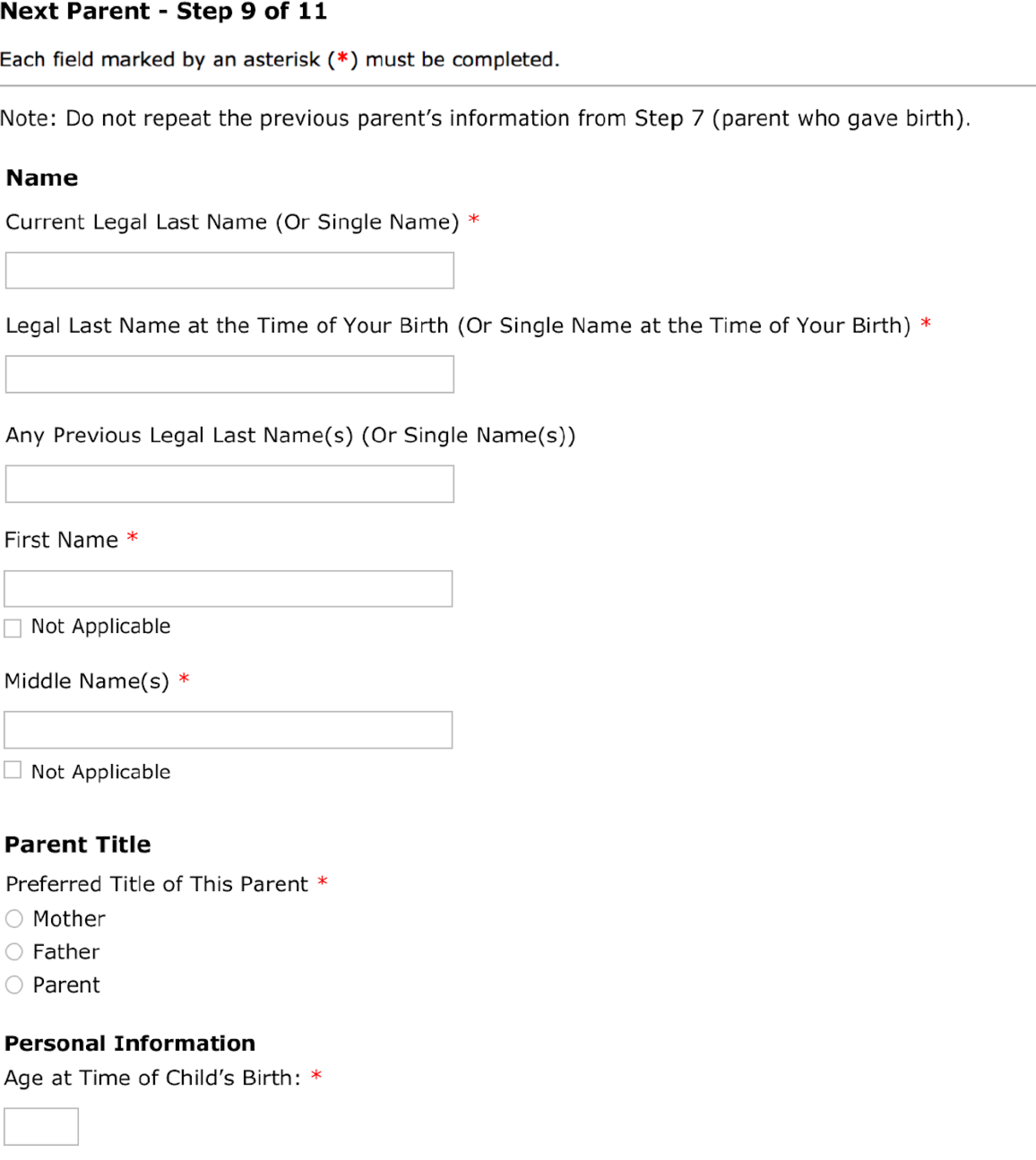
Since we implemented the changes on March 31, 2019, the most noticeable improvement was the error of a male parent listed as the parent who gave birth, with a 56% reduction of errors in the three months since the changes went live.
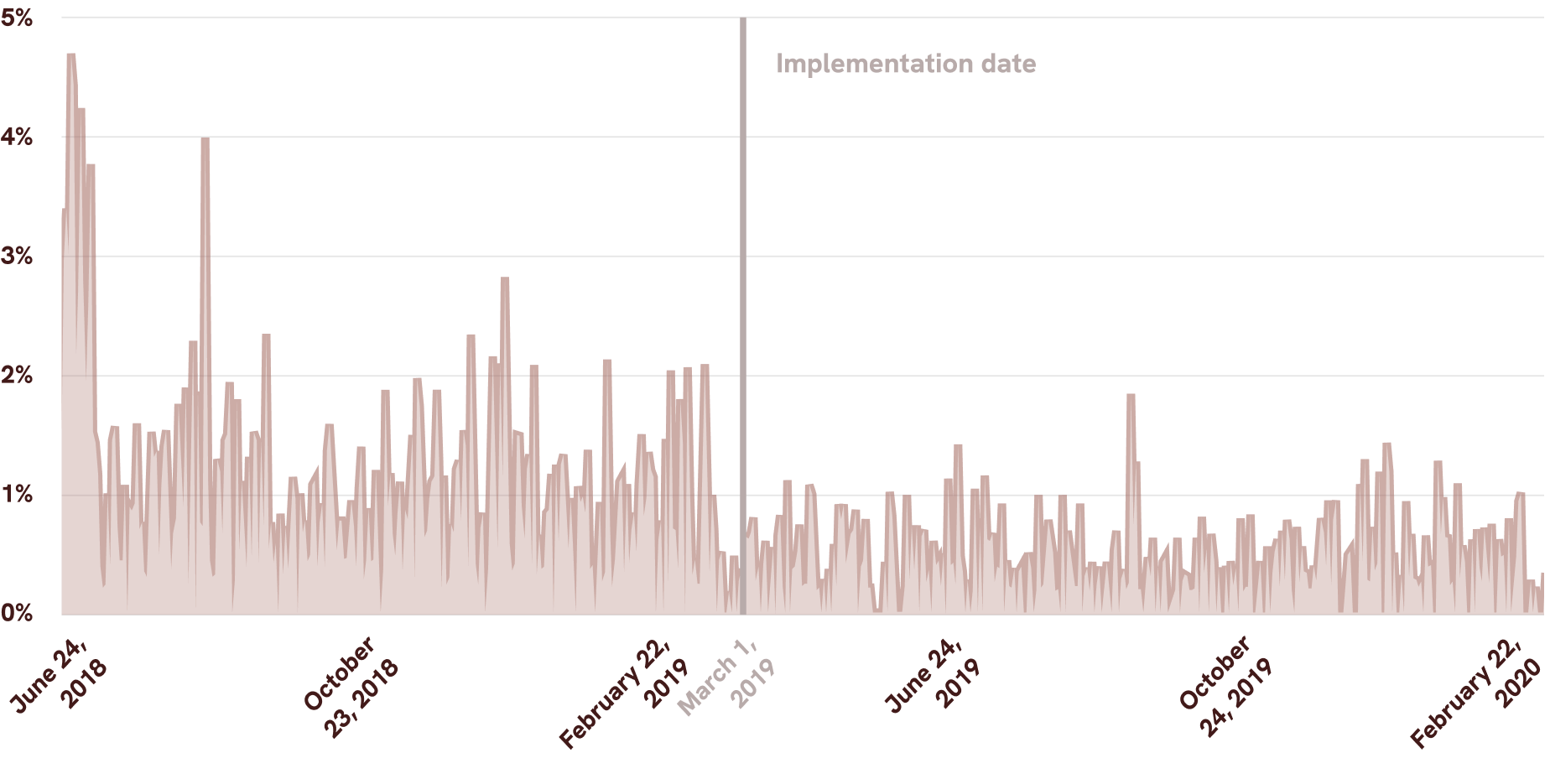
By workshopping with ministry partners to test the prototypes, we were able to make inclusive changes and reduce the number of manual fixes required given the limited constraints.
In an ideal scenario, I would have liked to redesign the entire service from start to finish rather than only fix parts of the service. However, time and resources would have needed to be allocated.
Given our scope, we considered this a small win, and small wins are still improvements.


2019